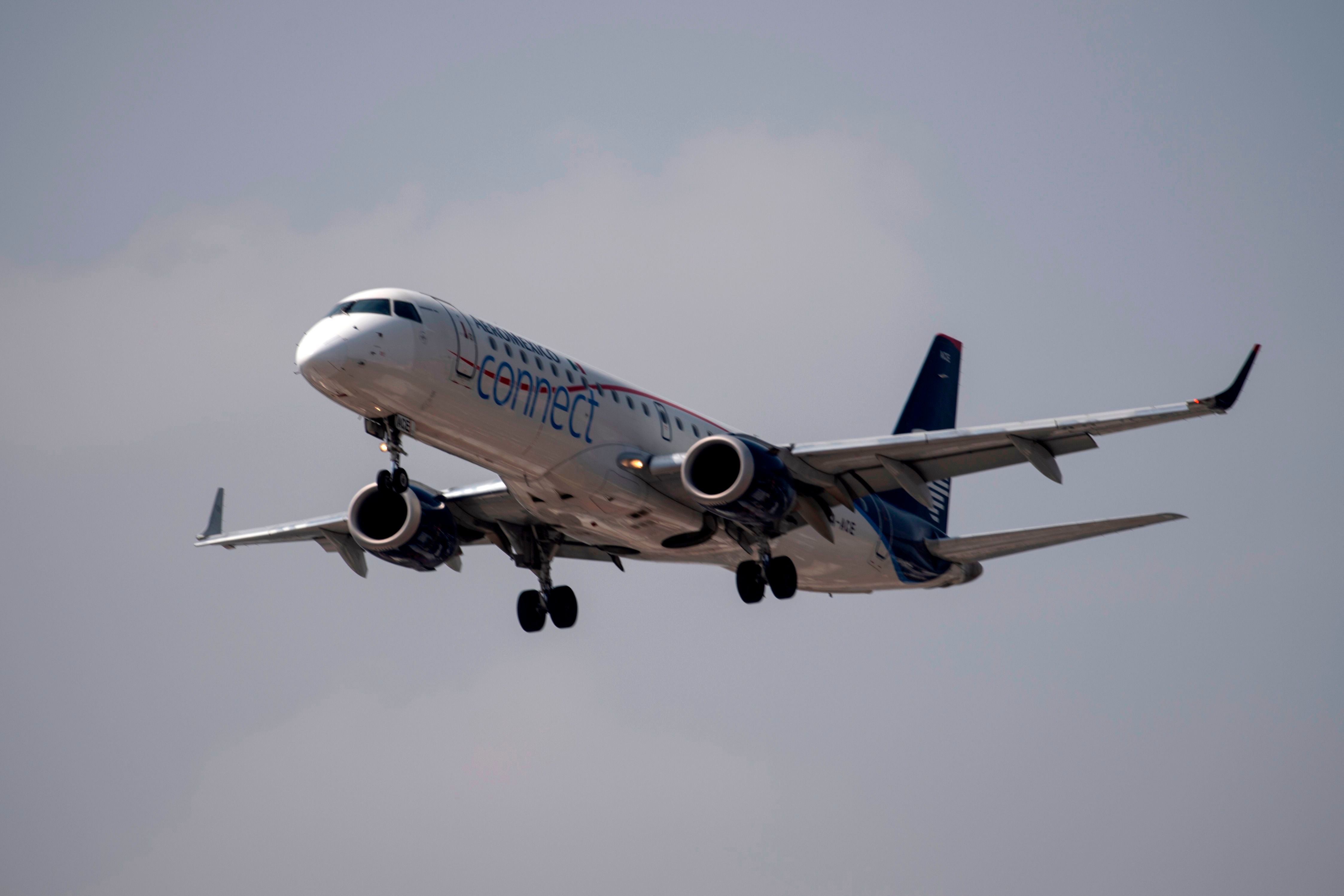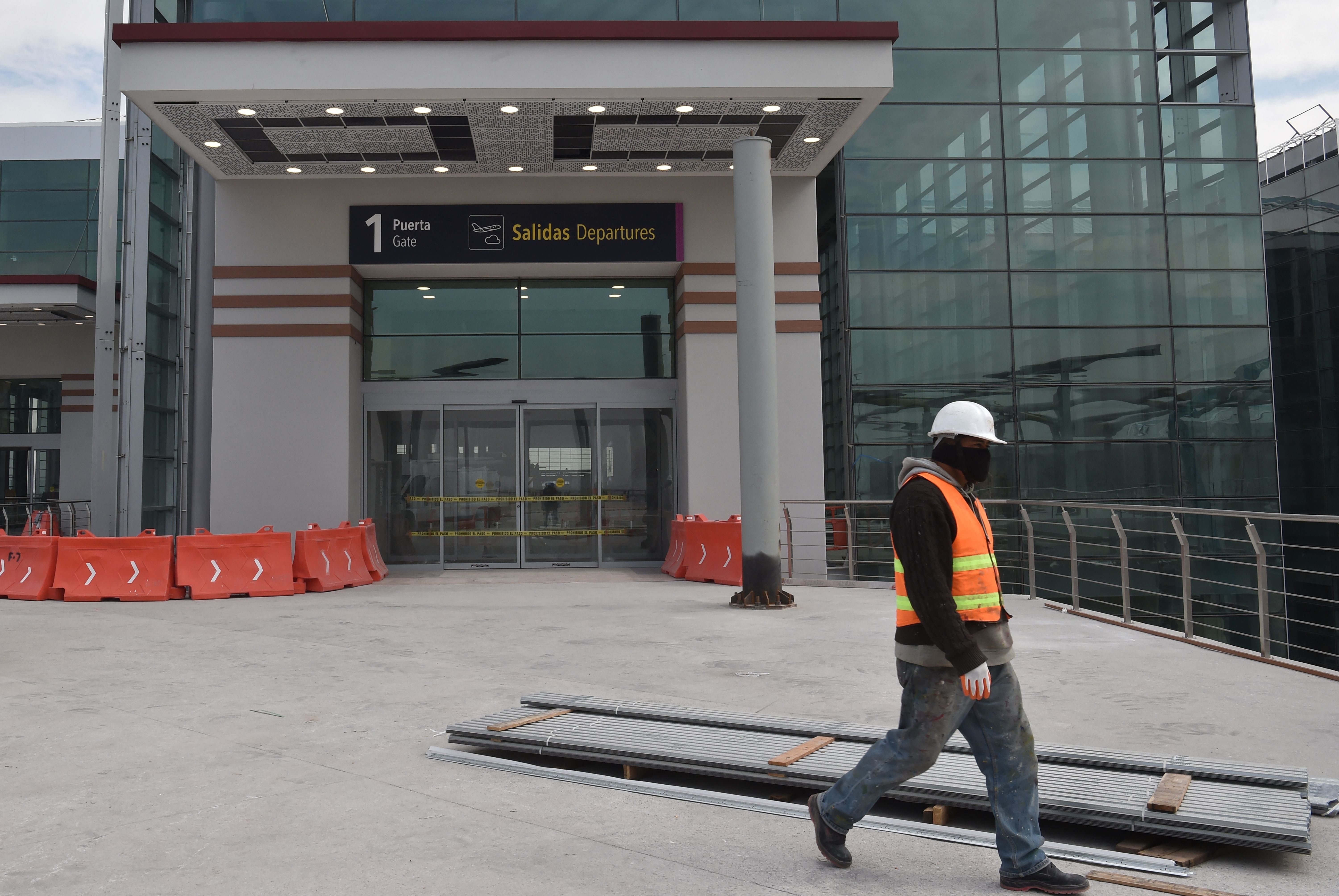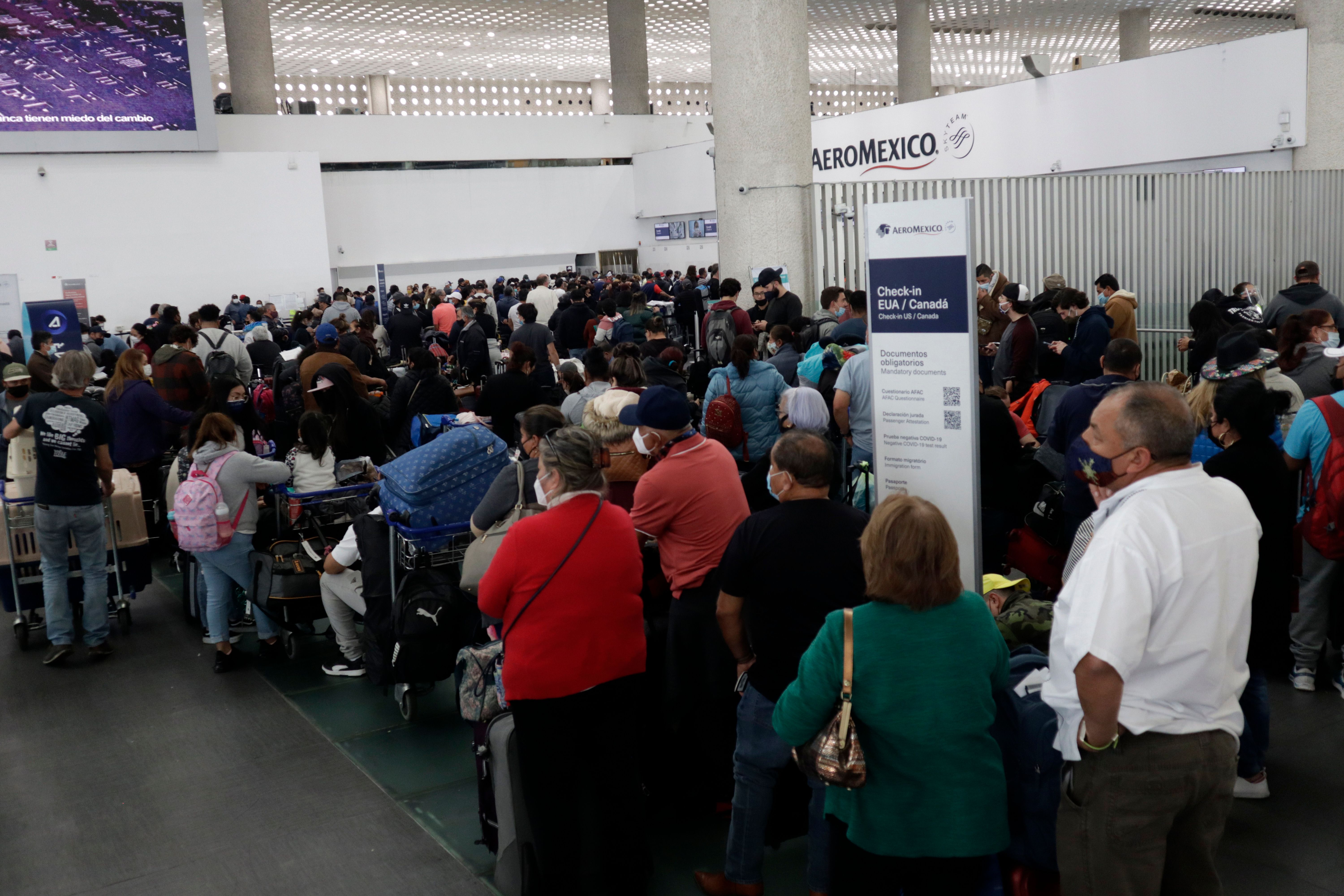The Mexican carrier Aeromexico operated the first commercial flight from Felipe Ángeles International Airport (IATA code, NLU), the new airport poised to serve Mexico City and alleviate the saturation levels at Mexico City International Airport (MEX).
New airport, new flights
On Monday morning, Grupo Aeromexico operated the first commercial flight from Felipe Ángeles International Airport, north of Mexico City. The Mexican carrier had a domestic service between NLU and Villahermosa onboard an Embraer E190 aircraft. Fifteen additional commercial flights are expected today, both landings and departures.
NLU will have eight commercial departures on Monday, served by Aeromexico, Viva Aerobus, Volaris, and Venezuela’s State carrier, Conviasa.
According to Isidro Pastor Román, NLU’s general director, there are ongoing talks with other international airlines to operate from the new hub. He specifically said Delta Air Lines and Copa Airlines could fly next to the airport. Nonetheless, there are no official announcements from either carrier.
Pastor Román also added that by the second half of the year, the new airport should have 30 domestic destinations and, by 2023, have around five million passengers annually.
A brief history of NLU
The birth of the Felipe Ángeles International Airport has been very controversial in Mexico because the current government canceled the construction of another airport to build NLU.
In 2015, the former Mexican government, under Enrique Peña Nieto, decided to build a new airport, called Texcoco Airport, which was supposed to have six runways, and, once inaugurated, would have required the complete shutdown of MEX and the immediate transfer of operations. It would have opened in 2024.
Once the new airport was fully built, it would have allowed 1.12 million annual operations and received up to 137 million passengers. Building Texcoco Airport would have cost approximately US$13.3 billion.
Nonetheless, the project was canceled when Mexico’s current president, Andres Manuel López Obrador, assumed office. Instead, he opted to retrofit a military base north of Mexico City and turn it into a mixed military and commercial airport.
To address the saturation levels at MEX, López Obrador’s plan is to have a metropolitan system of airports composed of MEX, NLU, and Toluca International Airport (TLC).
Scrapping Texcoco Airport had a cost of around US$5.6 billion. Building the new airport has, so far, had a cost of around US$5.7 billion.
No more slots at MEX?
Last month, the Mexican government issued a filing stating that both terminals at MEX are saturated. Terminal 1 is saturated in 18 out of the 24 hours of every day, and Terminal 2 is saturated in 16 out of the 24 hours.
This announcement was not your typical saturation (related to the hourly number of operations in a runway), but instead, a saturation of the number of passengers both Terminals can cope with at any given hour.
By announcing the saturation, the airport authorities have to change their slot allocation process, making it harder for airlines to launch new flights from MEX.
Today, Pastor Román said that airlines looking to expand their operations in Mexico City would have to look beyond MEX, specifically, by targeting NLU and TLC. He said,
“Necessarily, those (airlines) that wish to have more landing and departure slots or more routes will have only one option: to come here (to NLU) or to Toluca.”
On Wednesday, Simple Flying will be flying out of NLU. We’ll update you about the overall experience of Mexico’s new international airport.
Would you like to fly from Mexico City’s new international airport? Let us know in the comments below.



